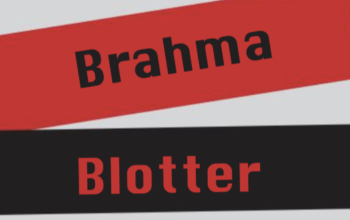Textbook costs continue to rise, affecting student budgets nationwide.
The average price of a new textbook increased from $58 in 2011-12 to $80 in 2015-16, according to the National Association of College Stores.
To help students who can’t afford the required class texts, the Open Educational Resources (OER) program was implemented on campus. This option allows instructors to use low-cost or free textbooks for students in their courses.
These textbooks are often offered in an electronic format, available online or as a printable PDF.
Cara Gillis said that although there is no mandate that requires instructors to use OER in their classes, it is often recommended.
Gillis said that students will see OER classes marked on the schedule in the spring 2018 catalog.
“There is a state law being passed, which says that if a class is OER, it must be denoted in the course catalog,” Gillis said.
Clay Gediman said that OpenStax has some of the best OER textbooks. He said they expand their array of books and consistently update the information in them.
Gediman said that students are charged for physical, low-cost texts to pay for the materials used to make the book. He said books available online are free because there is no cost to make them.
“I think we are making good progress on it. We are not moving as fast as I would like, but we are definitely moving forward,” Gediman said.
Although OER has been implemented in a lot of classrooms, some departments are having a difficult time incorporating it into their classrooms. However, this does not stop chemistry instructor Benny Ng.
He said he is one of few chemistry professors on campus who uses OER in his classes.
“I found that a lot of students were not buying the textbook because they could not afford it,” Ng said. “This puts students at a disadvantage because they cannot read the textbook. This is why I include the OpenStax version of the syllabus.”
Ng said most science courses cannot offer OER because though the textbook may be free, students still need to pay for other materials for these classes, such as lab coats and protective eye-wear.




